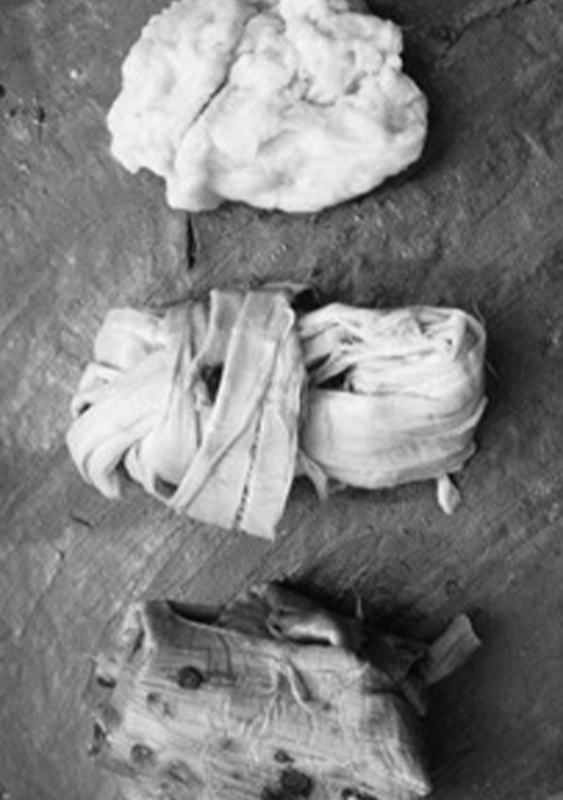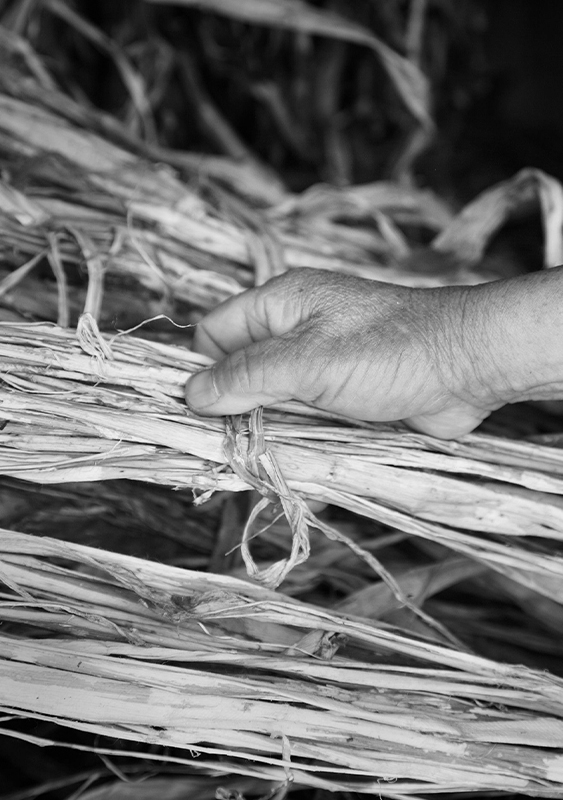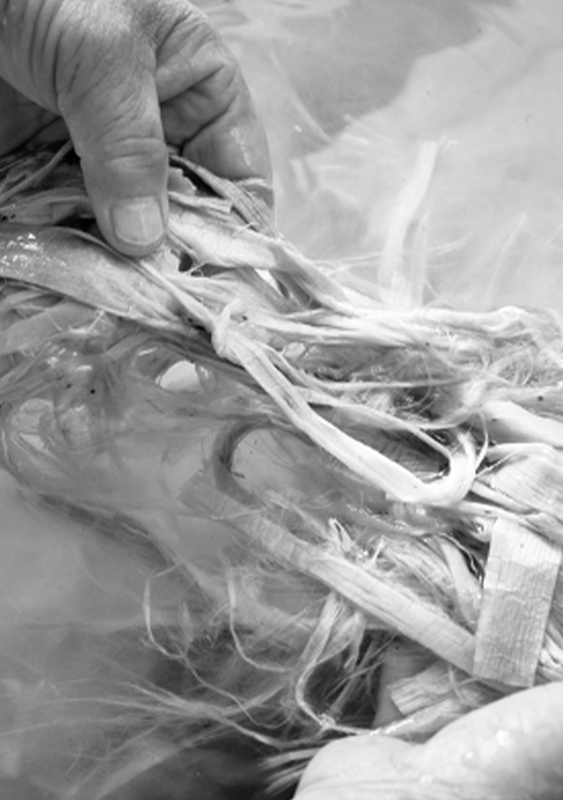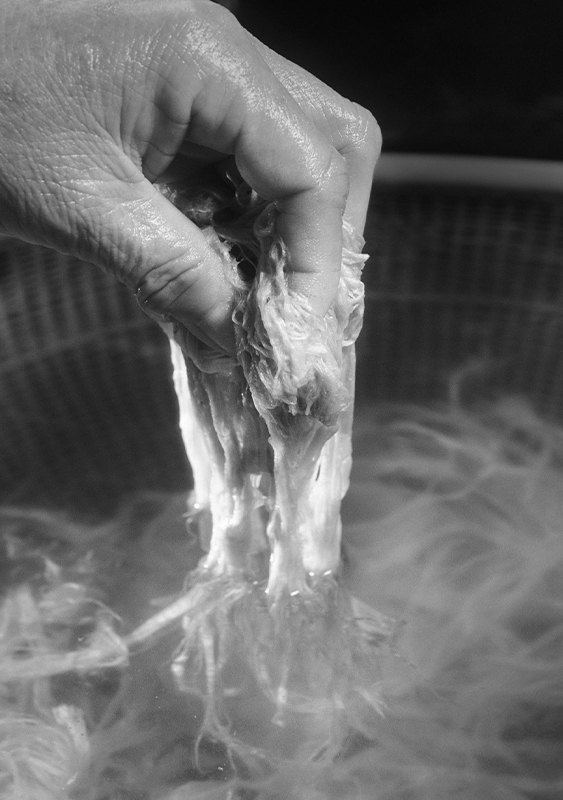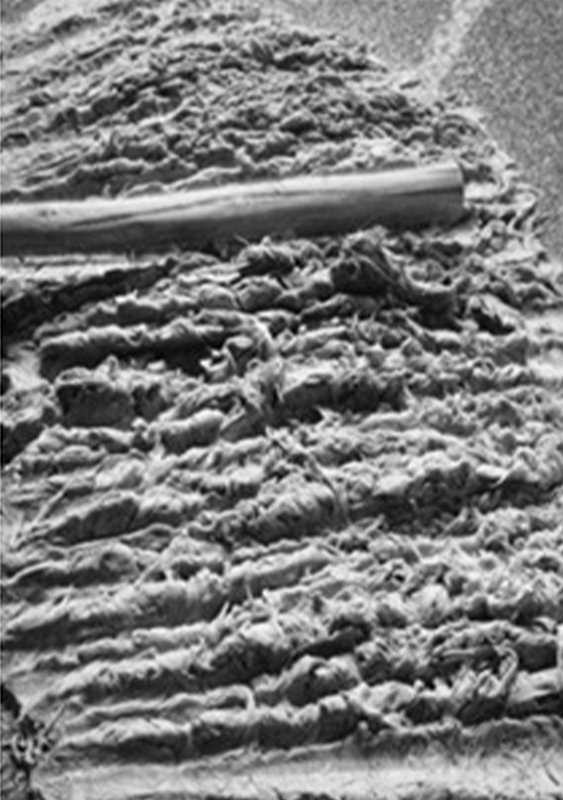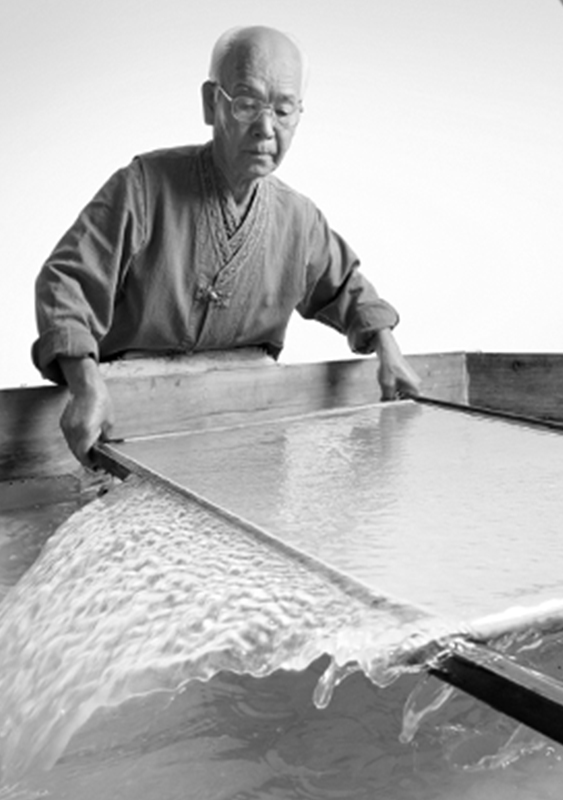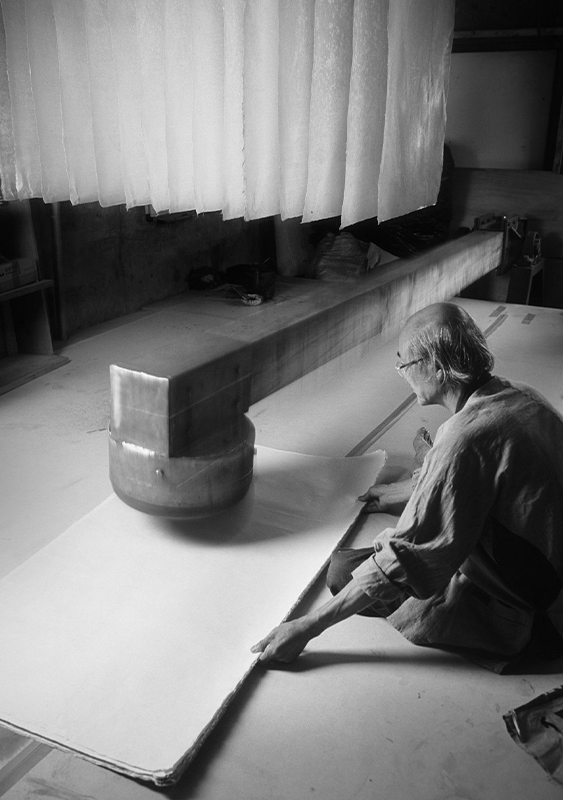Hanji is a special form of Korean paper that
is made from the inner bark of dak (mulberry) tree. The bark is collected,
steamed, boiled, dried, peeled, boiled again, beaten, mixed, strained, and dried (among other things). Part of
the process involves adding dak-pul (a paste made from hibiscus manihot
flowering plant), this aids in holding pulp fibres together, adding strength and durability. In total there are
exactly 99 processes need to create the perfect hanji, the 100th part of the
process is actually using the paper, which birthed hanji’s other name baekji (100th paper).
In addition to its strength, hanji is known for its permeability for air and moisture, sound-proofing, and its
insulation capabilities. Its uses therefore are varied - from lining floors, walls and door frames to creating
furniture, lamp shades or simply for writing on.
